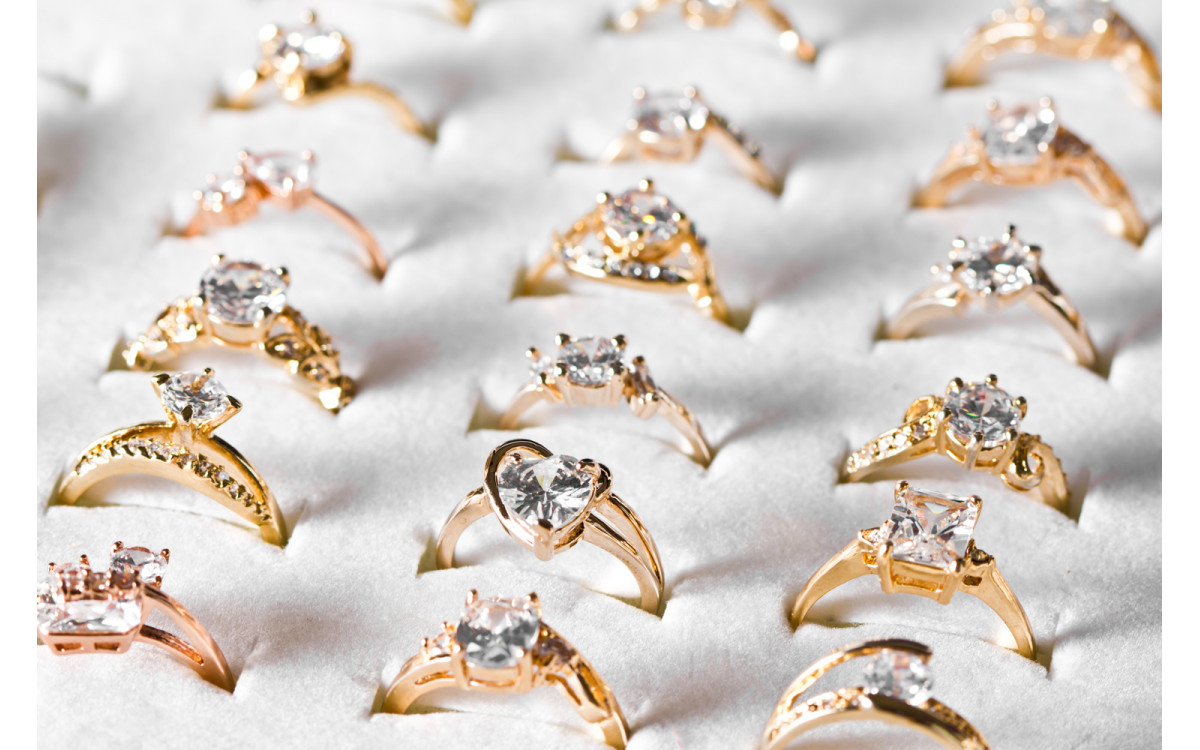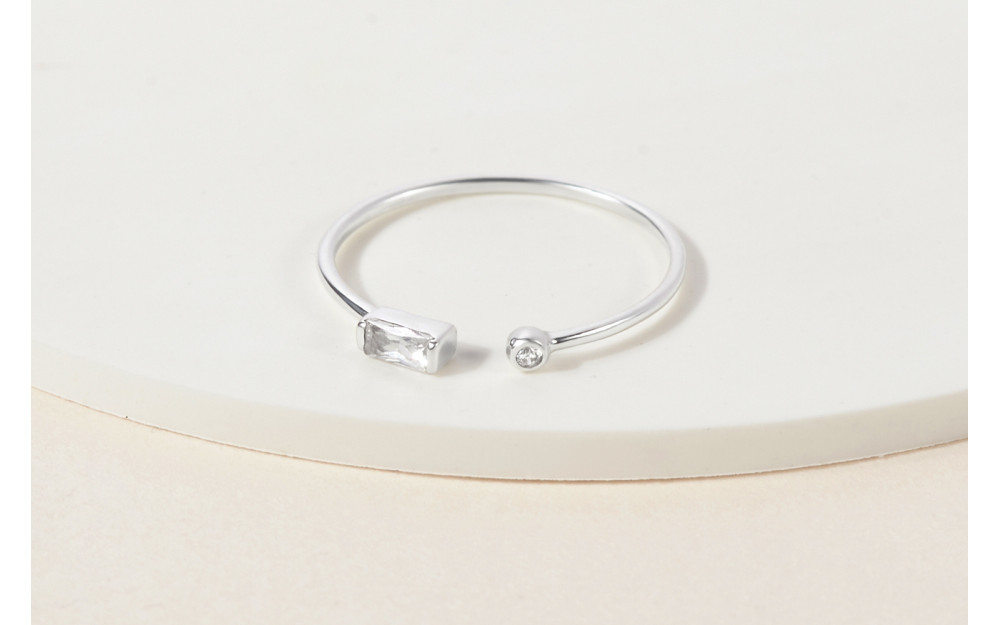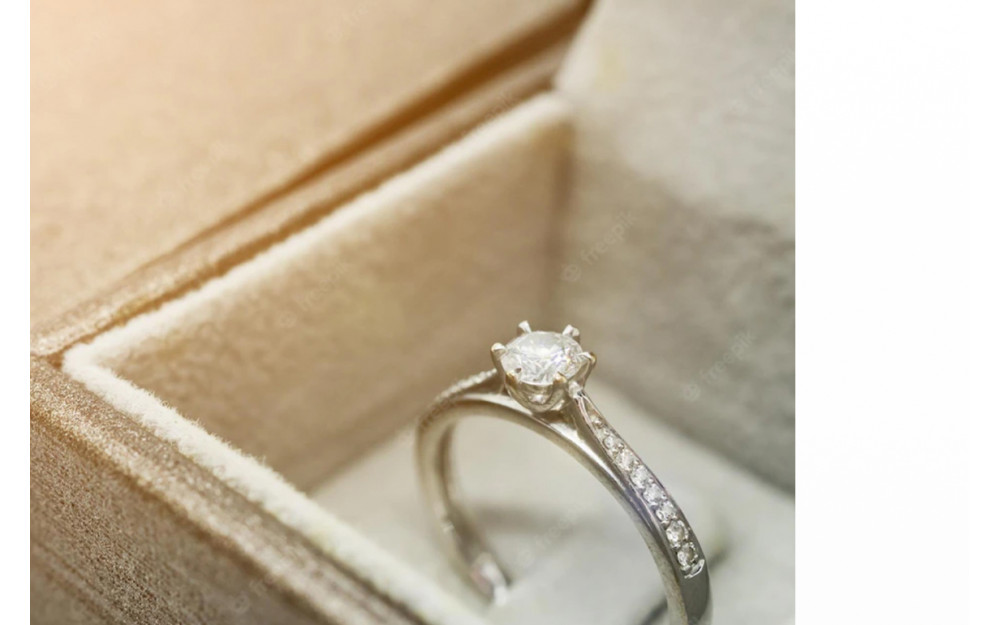You are admiring a stunning pair of rings. The first is $10, the second is $100. However, they appear to be quite similar at first glance. What's the distinction?
The quality of jewelry is far more complex than it would initially appear to be. Jewelry can be divided into three categories: fashion, semi-fine, and fine. They may appear similar at first sight, but that similarity won't last for very long. The types of jewelry determine not only how expensive they are by nature but also how long they will survive.
Although the prices of jewelry may appear to rise randomly, there is much more to these costs. Let's look more closely.
Fashion Jewelry: Beautiful, Trendy, and Affordable

The likelihood is that you have at least one item of
fashion jewelry. This kind of jewelry, often known as costume jewelry, is
created using inferior materials and frequently capitalizes on a particular
fad. Fashion jewelry is, as the materials imply, intended to be a transient
trend, and frequently, the expense of maintaining and repairing this jewelry
exceeds the cost of the piece itself.
Base metals like brass, bronze, and copper are used to
create fashion jewelry together with imitation or non-precious stones.
Fashion jewelry is a cheap method to experiment with
new trends, but it is not long-lasting enough to survive regular wear.
Fine Jewelry: The Best of the Best

Inherently valuable materials are used to create fine
jewelry. That implies that it will be entirely made of pure gold or silver. It
will include precious stones including rubies, emeralds, sapphires, and
diamonds. Even if you reduced the jewelry to its simplest components for
melting, it would still be worth something, and frequently quite a bit.
Fine jewelry is desirable because it not only has worth but also holds that value throughout time. Fine jewelry is an heirloom that may be passed down through the generations. These stones and metals have durability, which is what distinguishes them as "precious metal" and "precious stone," respectively.
People acquire exquisite jewelry because it is pricey,
durable, and composed of substances that are already renowned for their
extraordinary beauty. Diamonds wouldn't be seen as "good" and
"precious" if there weren't people who were so charmed with their
brilliance, for example. In addition, the stones used in fine jewelry are
frequently much tougher and more durable than the stones used in semi-fine
jewelry. Even though they are softer than diamonds, emeralds will survive
longer than amethyst.
Semi-Fine Jewelry: Elegant and Cost-Effective

As its name implies, semi-fine jewelry sits in between
fashion jewelry and fine jewelry. Although it is not a measurement method used
by professionals or authenticators, jewelry designers are increasingly using
this phrase to describe their products to customers.
Most semi-fine jewelry is gold filled or gold plated (for more on how those differ, head here). Fashion jewelry can also be
gold-plated, although semi-fine jewelry is typically produced with sterling
silver, which is a stronger base metal than copper or brass and will last
longer. Additionally, real stones more reasonably priced than something like a
diamond, such as morganite, topaz, opal, etc., are commonly used in semi-fine
jewelry.
Many of the benefits of fine jewelry apply to semi-fine
jewelry as well. It frequently has a really beautiful design. It often has a gold
or silver plating, so it won't easily tarnish.
It will, however, be more delicate than expensive
jewelry. Eventually, the plating will disappear. Stones might fracture or come
loose. Because it doesn't have the same intrinsic worth as exquisite jewelry,
it won't be created with the same care.



